Call 01386 701043 Email info@cotswold-falconry.co.uk
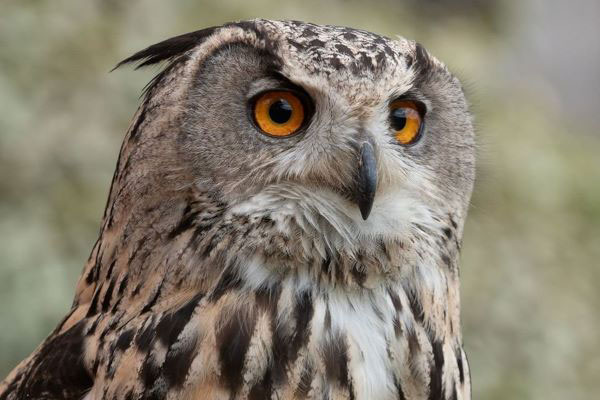
The Turkmenian Eagle Owl is a subspecies of the Eurasian Eagle Owl and one of the world's largest species of owl. Originating from Turkmenistan, they are now extinct from this range and are instead found in parts of Russia, Kazakhstan and western Mongolia. They are a slightly paler sub species.

A South American species of owl, found in the Gran-Chaco region of Argentina and Paraguay. Habitat destruction has now meant they're a NEAR THREATENED species. They prefer dry woodlands to hunt small mammals, birds and insects from a perch. Xander, our Chaco Owl can be seen flying in one of our daily displays.
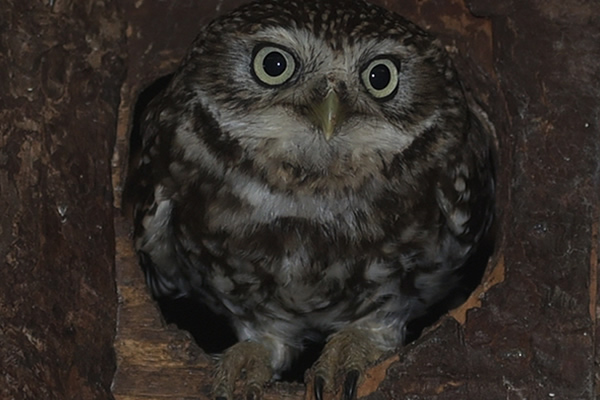
An owl that inhabits open countryside throughout Europe (inc.UK), Asia & north Africa. The Little Owl is a diurnal species of owl that can often be seen perched on top of fence posts.
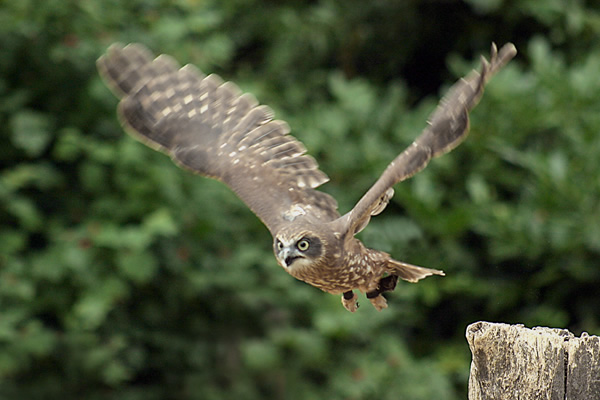
One of the oldest residents here at the centre, the Southern Boobook is native to mainland Australia & southern New Guinea. It is mainly insectivorous, but will occasionally take small birds and mammals during the breeding season.
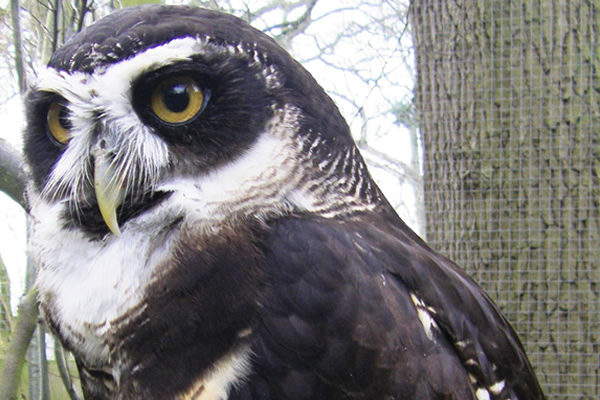
The Spectacled Owl is a fairly large owl that inhabits tropical and subtropical forests of Central & South America. They are characterised by ‘spectacles’ made of white feathers.

A small, nocturnal woodland owl, native to North & Central America. The scientific name commemorates the American naturalist. Our pair are very successful parents.
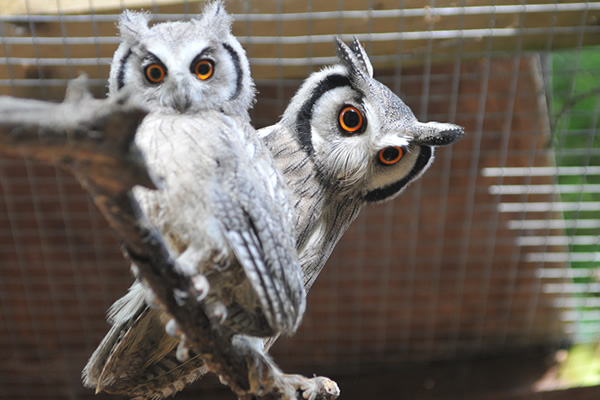
Found in the southern half of Africa, the White Faced Owl predates on large insects, along with the occasional small bird, reptile or mammal that they have swooped down on from a branch.
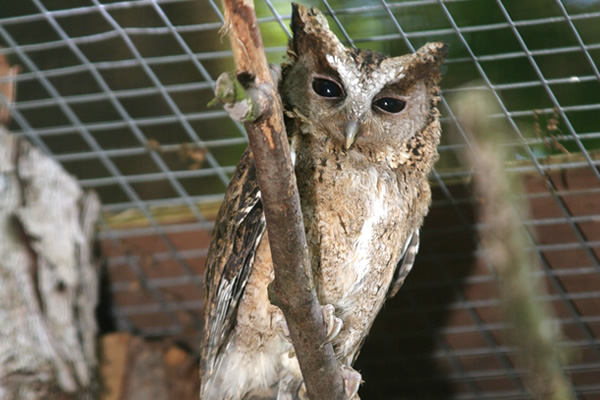
The Indian Scops Owl is a small woodland owl species, native to the southern regions of Asia. A nocturnal hunter, the Indian Scops Owl feeds predominantly on insect prey.
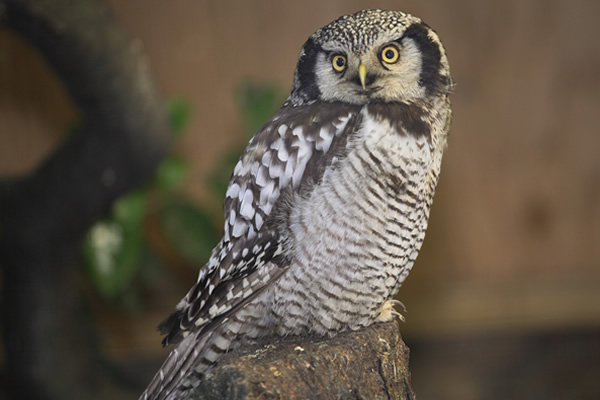
A bird of boreal coniferous forests, the Hawk Owl can be found throughout Eurasia. Predominantly a diurnal species, Hawk Owls hunt mainly voles, but sometimes other species, such as birds, frogs and large insects. They can hover like a Kestrel.

Burrowing Owls are found in open country, grasslands and deserts throughout North & South America. Flint, our Burrowing Owl can be seen in one of our daily flying displays, showing how her long legs are perfect for running around on the floor and staying close to her burrow.
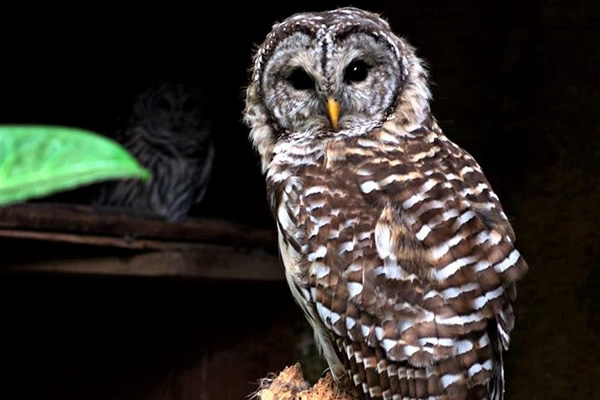
A fairly large owl from North America, the Barred Owl is also called the ‘hoot owl’ due to its call. Our pair at the centre are successful breeders.
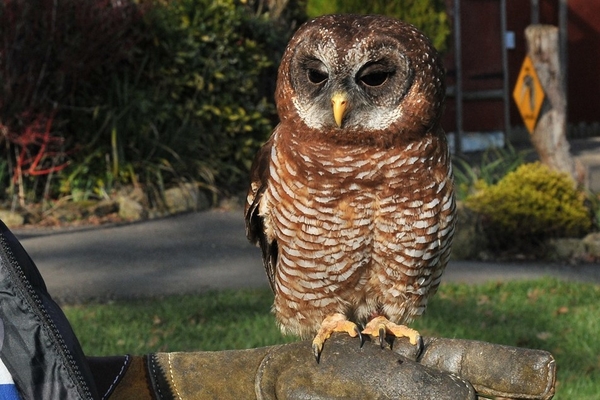
Georgie, our African Wood Owl can be seen demonstrating how she would hunt and catch insects and small mammals in the sub-Saharan woodlands and forests.
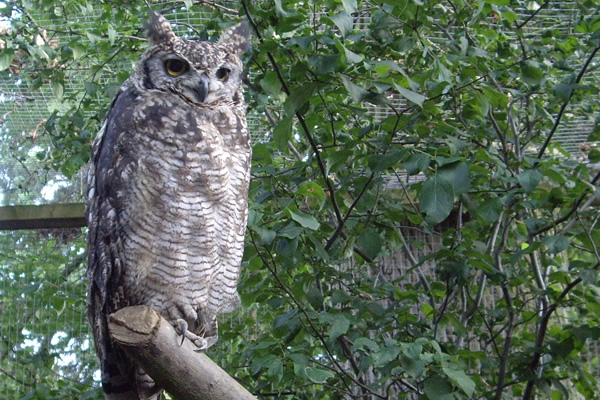
One of the smaller Eagle Owl species, they can be found in sub-Saharan Africa. Keiser demonstrates how she goes about stealthily moving through woodland areas, listening out for her prey.
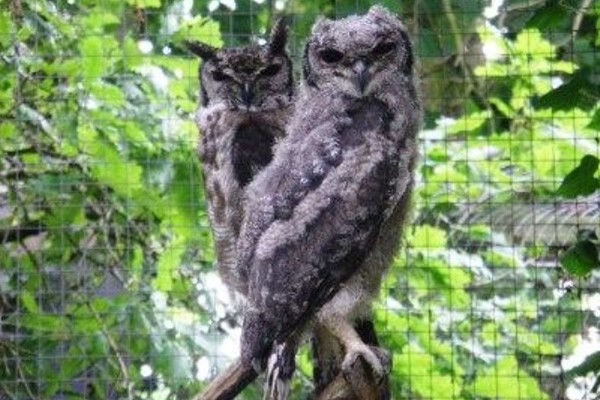
Vermiculated, or Greyish Eagle Owls, are found in the northern parts of sub-Saharan Africa. They are normally found in semi open savannah, but also in open parks and gardens, where they feed on small mammals, birds and large insects.
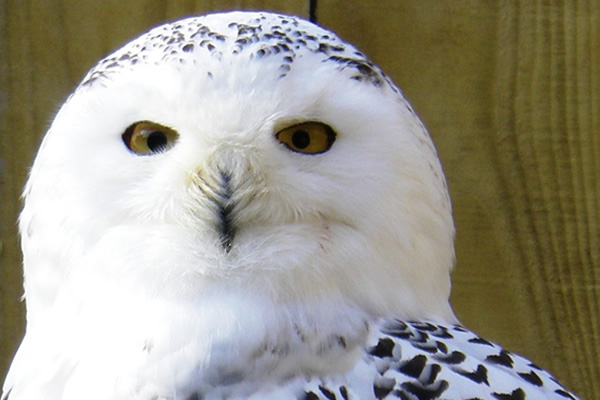
A large owl with white plumage that echoes its arctic habitat. The snowy owl can be seen flying both throughout the day and night in search of its prey, such as lemmings and other small mammals and birds. Crystal, our female snowy owl can be seen flying in one of our daily displays.
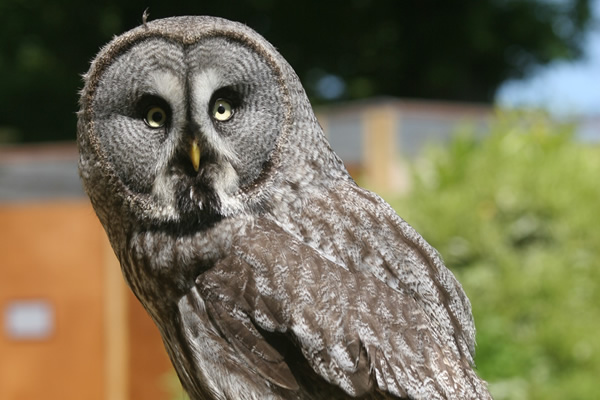
A large owl with a very large facial disk, to help locate prey such as voles and lemmings, which can be hidden in deep snow in winter. Great Grey Owls are circumpolar and are found in forested habitats, but most of their hunting takes place in open areas.
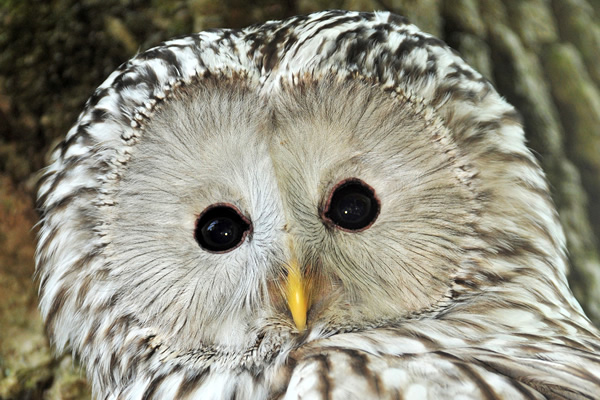
Ural Owls are mainly nocturnal and hunt mammals up to the size of a small hare, although voles are preferred. Birds, lizards and insects may also be taken. They are found in coniferous and broad-leafed forests throughout Northern Europe and Asia.
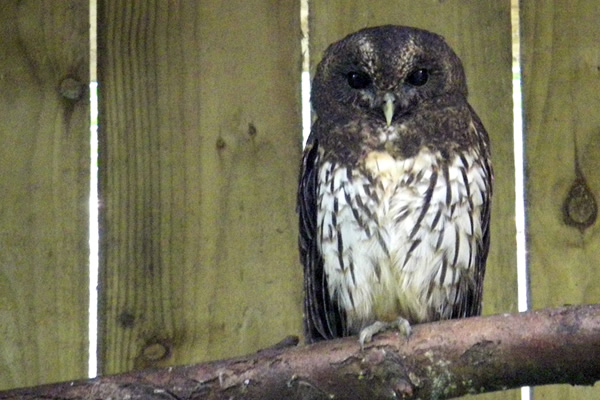
Mottled Owls are native to Central and South America, from Mexico to Brazil and Argentina. They normally live in forested areas and also open countryside with scattered trees. The Mottled Owl feeds on small mammals and birds, but also snakes and frogs.

A relatively large owl found in North America and some parts of South America. They are predominantly a nocturnal hunter and adopt the ‘sit and wait’ approach to hunting, using vantage points within their territory.
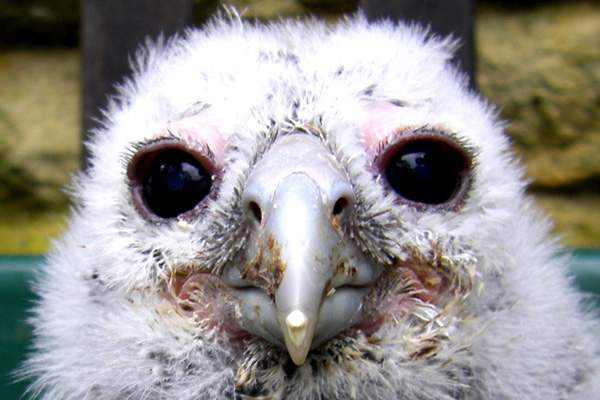
A large species of owl with very distinctive pink eyelids. Also known as the Verreaux’s Eagle Owl, they are found in sub-Saharan Africa. They have a very varied diet, feeding on prey such as monkeys, mongoose, hedgehogs, large birds, reptiles and even fish.

The most widely distributed of all owl species, the Barn Owl can be found on almost all continents, except Antarctica. Barn Owls can be seen silently quartering fields, listening out for their prey. Kylo, our Barn Owl can be seen demonstrating this on one of our daily displays.

Similar in appearance to the Barn Owl, but is much darker with an ashy-grey coloured face. The Ashy-faced Owl is endemic to the island of Hispaniola in the Caribbean. It inhabits open areas, where it predates on small mammals, birds, frogs and reptiles.
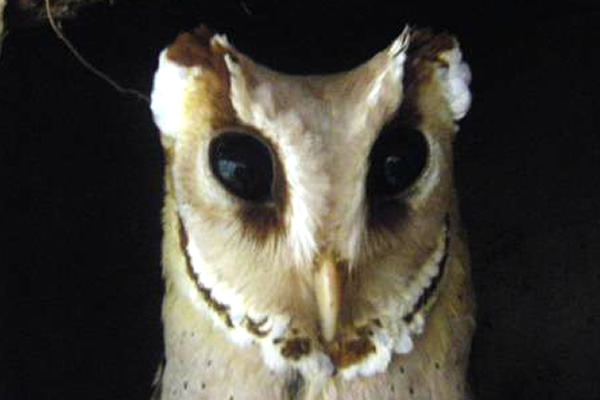
The Oriental Bay Owl is a small, unusual looking species of owl from South East Asia. It is a nocturnal owl that feeds on small rodents, bats, birds and insects, normally by hunting from a perch.